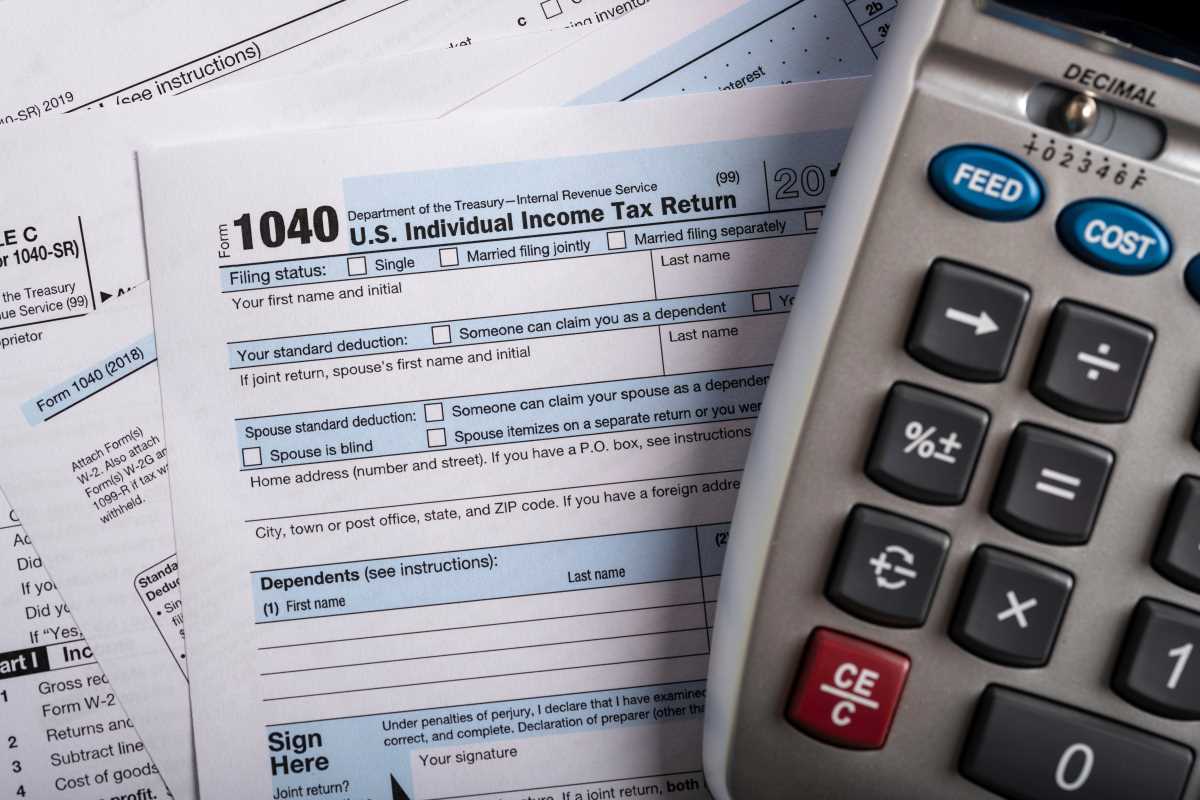Tax-efficient investing is a strategy that allows investors to preserve wealth over time by minimizing the tax impact on their returns. Taxes are a significant factor to consider when building and managing an investment portfolio, as they can erode a substantial portion of your gains. However, with careful planning and the right strategies, investors can reduce their tax burden and maximize their wealth-building potential. In this article, we’ll explore the concept of tax-efficient investing, key strategies for minimizing taxes, and optimizing your portfolio for wealth preservation.
Understanding the Basics of Tax-Efficient Investing
At its core, tax-efficient investing involves managing your portfolio in a way that reduces the taxes owed on your returns, especially when selling investments or receiving income. The goal is to minimize the amount paid in taxes while maintaining or even increasing your wealth over time. Taxes impact several areas of investing, including capital gains, interest income, dividends, and estate taxes. In many countries, including the United States, the tax code is designed to encourage long-term investing, which is why certain investment strategies are structured to take advantage of tax incentives for holding assets for longer periods. Being aware of the tax implications of different investment vehicles can help investors make smarter decisions about where to allocate their resources.
Key Tax-Efficient Investment Strategies
Several strategies can help investors reduce their tax burden and preserve wealth. These strategies include tax-advantaged accounts, asset location, tax-efficient funds, and long-term investing. Let’s examine each.
Maximize Tax-Advantaged Accounts
One of the most effective ways to reduce taxes on investment income is by utilizing tax-advantaged accounts. These include individual retirement accounts (IRAs), 401(k)s, Roth IRAs, health savings accounts (HSAs), and other tax-deferred or tax-free accounts.
- Traditional IRA or 401(k): Contributions to these accounts are made with pre-tax dollars, meaning you won’t pay taxes on the money you invest until you withdraw it in retirement. The growth of investments within these accounts is also tax-deferred, meaning you won’t pay taxes on capital gains or dividends while the money remains inside the account.
- Roth IRA or 401(k): Contributions to Roth accounts are made with after-tax dollars, but withdrawals, including earnings, are tax-free in retirement. Roth accounts are ideal for investors who expect to be in a higher tax bracket in retirement or want to avoid paying taxes on their investment growth.
- Health Savings Accounts (HSAs): While primarily designed for healthcare expenses, HSAs allow for triple tax benefits: contributions are tax-deductible, the funds grow tax-free, and withdrawals used for qualified medical expenses are tax-free.
Contributing to these accounts and allowing your investments to grow tax-free or tax-deferred can significantly reduce the amount of taxes owed on your returns.
Asset Location
Asset location refers to placing different investments in the accounts where they will be taxed most favorably. This approach minimizes the taxes paid on interest, dividends, and capital gains.
- Taxable Accounts: These accounts are subject to capital gains taxes when investments are sold and income taxes on dividends and interest. It’s generally a good idea to hold investments that generate long-term capital gains in taxable accounts, as these are taxed at a lower rate than short-term capital gains or interest income.
- Tax-Advantaged Accounts: Investments that generate regular income, such as bonds or dividend-paying stocks, are best held in tax-advantaged accounts. This is because interest income and dividends are taxed at ordinary income rates, which can be high. You can reduce your tax exposure by holding these investments in tax-deferred or tax-free accounts.
The goal of asset location is to strategically place investments where they will face the least tax burden, thus optimizing your overall portfolio’s after-tax return.
Invest for the Long Term
One of the simplest ways to reduce taxes on investment returns is to invest with a long-term horizon. The U.S. tax code provides preferential treatment for long-term capital gains, which apply to investments held for more than one year. Long-term capital gains are taxed at a lower rate than short-term gains, which are taxed at ordinary income tax rates.
- Capital Gains Tax Rates: Long-term capital gains are generally taxed at 0%, 15%, or 20%, depending on your income level. In contrast, short-term capital gains (for assets held for one year or less) are taxed at your ordinary income tax rate, which can be as high as 37% for higher-income earners.
By holding investments for the long term, you can significantly reduce the tax impact on your portfolio and take advantage of the favorable tax treatment on long-term capital gains.
Use Tax-Efficient Investment Vehicles
Certain investment vehicles are designed to be more tax-efficient than others. Index and exchange-traded funds (ETFs) are two investments that typically generate lower taxes than actively managed mutual funds.
- Index Funds and ETFs: These funds generally have lower turnover, meaning they buy and sell investments less frequently. As a result, there are fewer taxable events such as capital gains distributions. Additionally, the passive management style of these funds leads to fewer taxable dividends.
- Municipal Bonds: Municipal bonds are popular for investors in higher tax brackets. The interest earned from municipal bonds is generally exempt from federal taxes and, in some cases, state and local taxes. This tax advantage can be especially useful for individuals seeking tax-free income.
By choosing tax-efficient investment vehicles, you can minimize the taxes on your returns and help your wealth grow faster.
Harvest Tax Losses
Tax-loss harvesting is a strategy that involves selling investments that have experienced a loss to offset taxable gains elsewhere in your portfolio. By strategically realizing losses in a given year, you can reduce your tax liability.
- How it Works: If you have a taxable gain from selling a stock, you can sell other investments at a loss to offset the gains. This reduces your overall taxable income, lowering your tax bill.
- Carryforward Losses: If your losses exceed your gains, you can carry the excess loss forward to offset future gains.
Tax-loss harvesting is a powerful tool that can reduce tax liability and preserve wealth over time.







